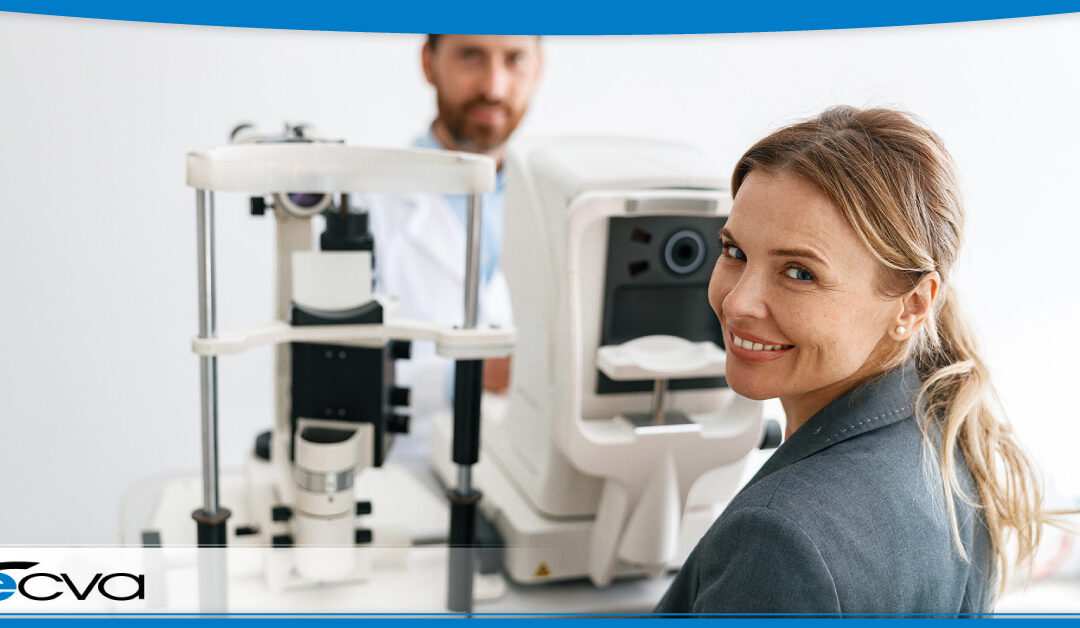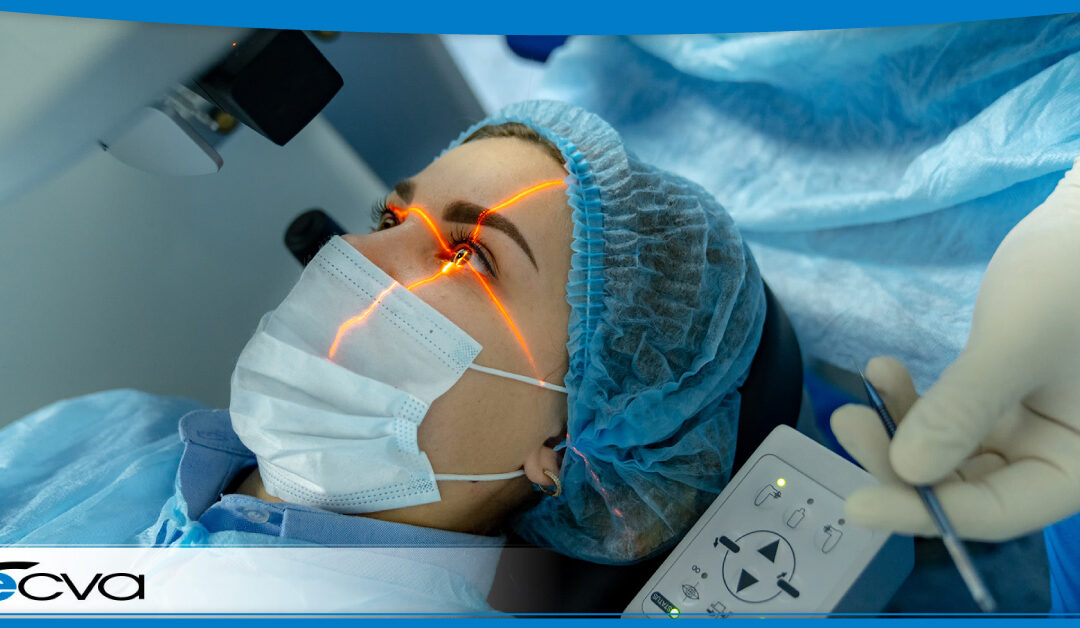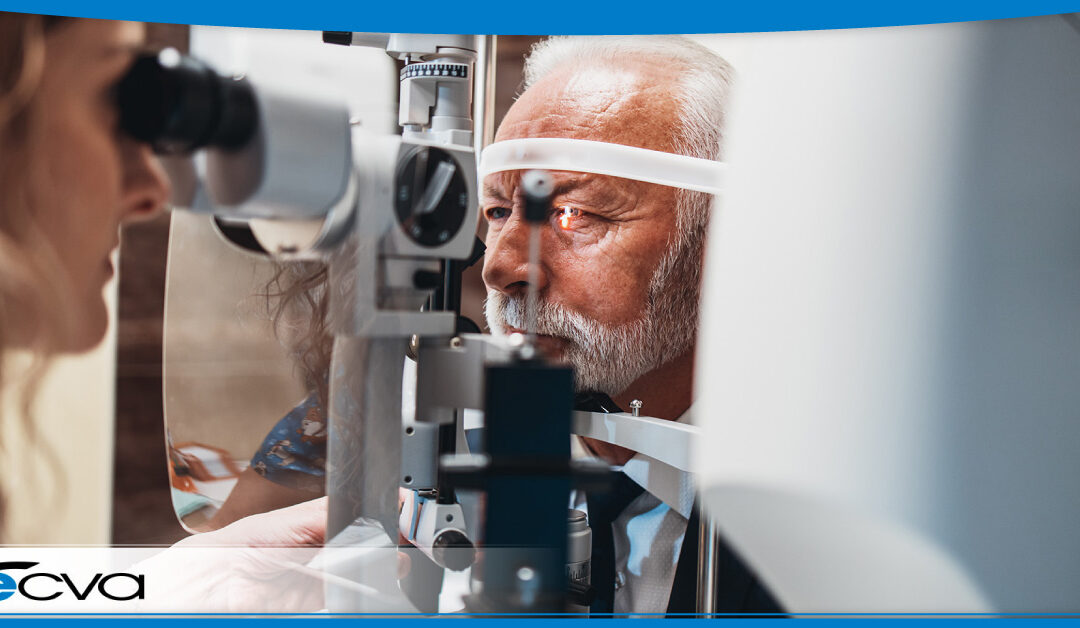
by ecvaeyeadminz | Apr 18, 2024 | Eye Health
Cornea transplants – a beacon of hope for individuals facing severe corneal damage or disease – stand as a testament to the incredible advances in ocular medicine. This life-changing procedure, known medically as keratoplasty, offers a second chance at clear vision...

by ecvaeyeadminz | Apr 4, 2024 | Eye Health
Laser eye surgery represents a groundbreaking leap in pursuing perfect vision, offering a sophisticated alternative to traditional eyewear and contact lenses. This transformative procedure harnesses the precision of laser technology to reshape the cornea, addressing...

by ecvaeyeadminz | Mar 21, 2024 | Eye Health
The intricate connection between the eye and the brain unfolds a compelling narrative in medical science, particularly in detecting and understanding neurological diseases such as Alzheimer’s. Understanding how conditions affecting the brain manifest within the...

by ecvaeyeadminz | Mar 15, 2024 | News
As the April 2024 solar eclipse approaches, excitement builds in Buffalo, NY, where observers anticipate a breathtaking event. According to NASA, the partial eclipse will commence at 2:04 p.m., with totality beginning at 3:18 p.m. However, it’s crucial to...

by ecvaeyeadminz | Mar 7, 2024 | Eye Health
In the world of ophthalmology, corneal cross-linking (CXL) stands out as a momentous advancement in treating corneal disorders. The procedure has significant potential benefits for people with specific cornea-related conditions. Here’s an overview of CXL, the...






